When it comes to lighting, there are various types to consider, such as incandescent bulbs and LEDs, so I've summarized some key points to help you choose lighting, whether for home lighting or stage lighting.I hope this information will be useful for you. Please take a look!
*This blog uses light bulbs for photography purposes. In general, please be careful not to touch light bulbs with your bare hands.
Four common types of lighting
Incandescent Bulbs
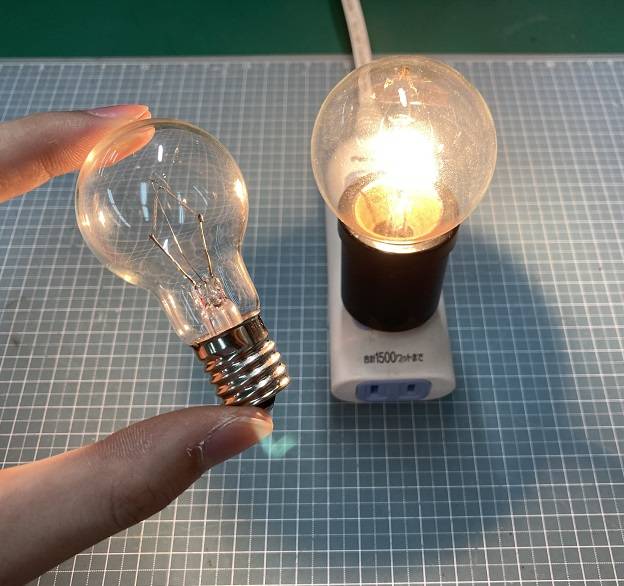
Incandescent bulbs are lights that emit light by heating a filament inside a glass bulb (also known as filament bulbs). The warm white color often seen in LED bulbs is designed to replicate the light produced by incandescent bulbs.
The appeal of incandescent bulbs lies in their ability to produce a warm, natural light similar to the daylight.
However, incandescent bulbs have some drawbacks. They consume a lot of electricity, which leads to higher energy costs. Additionally, they have a relatively short lifespan, typically lasting between 1,000 to 2,000 hours, which means they need to be replaced more frequently, adding to the overall cost.
Halogen Lamps
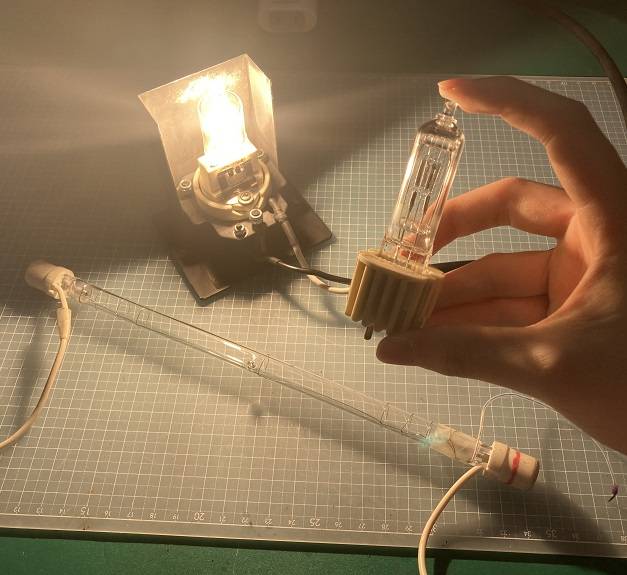
Halogen lamps are a type of light bulb that contains halogen gas within the bulb. They are commonly used in stage lighting, as well as for vehicle and bicycle headlights.
Halogen lamps come in various shapes and configurations, including single-pin, double-pin, and those with mirrors. They are also referred to as halogen bulbs or halogen lamps.
While halogen lamps resemble incandescent bulbs in appearance, their main advantage is their greater brightness. Their high luminance makes them ideal for spotlight applications in live venues and other settings requiring intense light.
The lifespan of halogen lamps can vary widely, ranging from 320 to 3,500 hours, depending on the type and operating voltage.
However, a significant drawback of halogen lamps is their high operating temperature.
They can become very hot quickly after turning on, posing a risk of burns if touched. (I have experienced close calls with burns as well...)
Fluorescent Lights
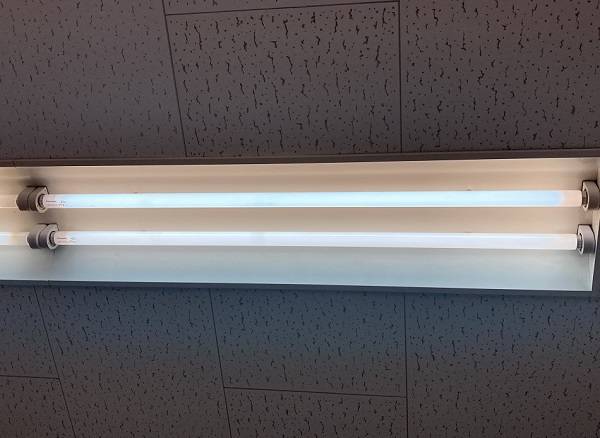
Fluorescent lights are lighting fixtures that generate light by generating mercury vapor inside a tube with electrons. They are widely used in homes, offices, and other facilities.
One of the main advantages of fluorescent lights is their longevity compared to incandescent bulbs, with a lifespan of about 6,000 hours. Additionally, fluorescent bulbs are relatively inexpensive, which helps keep costs low.
However, the disadvantage of fluorescent bulbs is that they can be affected by frequent switching on and off, which can shorten their lifespan. Therefore, they are better suited for locations where the lights remain on for extended periods.
LED Lights
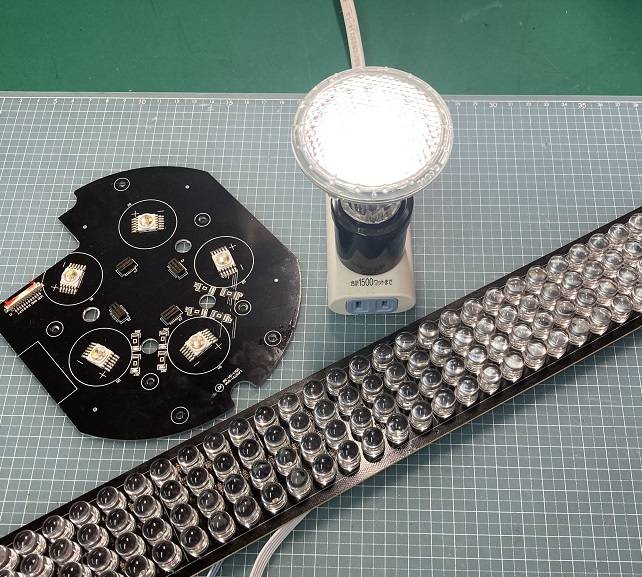
LED lights use semiconductors that emit light when an electric current passes through them. They are widely used in both household and stage lighting. The term LED stands for Light Emitting Diode, and in Japan, it is commonly referred to as hakkou daido.The major appeal of LED bulbs is their long lifespan, which ranges from 40,000 to 50,000 hours. They are also resistant to vibrations and shocks, and they generate less heat compared to other types of bulbs, making them versatile and easy to use in various settings. Additionally, LEDs are highly energy-efficient, consuming about one-sixth of the power used by incandescent bulbs, depending on the model. Many lighting fixtures and stage lights available at Sound House and other retailers feature LED technology.
However, a notable disadvantage of LED bulbs is their initial cost. LEDs tend to be more expensive upfront compared to incandescent and other types of bulbs.
Nevertheless, given their long lifespan, this higher initial cost may not be a significant disadvantage over the long term.
About Color Temperature
Lighting comes in various colors, ranging from orange-tinted to white and even blue-tinged hues. The color temperature of a light source is typically indicated on product pages with a value in Kelvin (K).
Here's a general guide to what these numbers represent:、
2800K: Warm Light – This color temperature gives off a warm, orange-toned light, similar to traditional incandescent bulbs.
3500K: Warm White – This light has a slightly warmer tone than neutral white, providing a cozy, inviting ambiance.
4200K: White – A standard white light that is neither too warm nor too cool.
5000K: Cool White – This light has a crisp, clean appearance with a slightly bluish tint, mimicking daylight.
6500K: Daylight – This is a cooler, bluish light that resembles daylight, often used in settings where clarity and high contrast are needed.
I hope this helps you choose the right lighting for your needs!
Summary
How was that? Here's a quick comparison of lifespans for different types of lighting:
- Incandescent Bulbs: 1,000 to 2,000 hours
- Halogen Lamps: 320 to 3,500 hours
- Fluorescent Lights: Approximately 6,000 hours
- LEDs: 40,000 to 50,000 hours
When it comes to lifespan, LEDs definitely lead the pack! However, there are differences in design and color temperature that can influence personal preferences.
(I've noticed that some recent designs intentionally showcase the bulb itself, which looks quite stylish.)
As you can see from the images above, changing your lighting can significantly alter the ambiance of a space. I’ve learned a lot from this overview myself.
Next time, I am planning to dive into the specifics of stage lighting bulbs.
Bye for now!






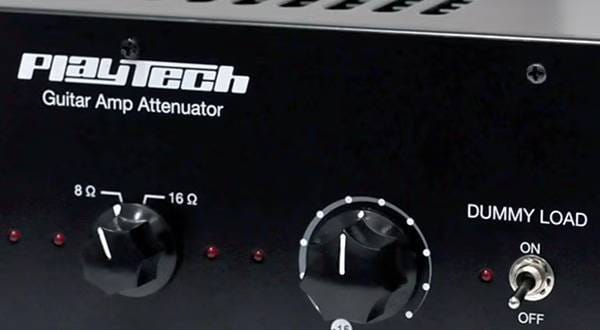


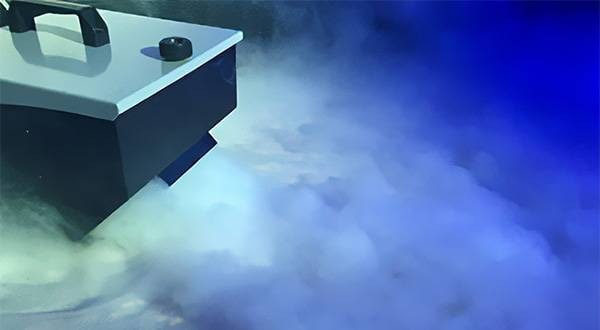
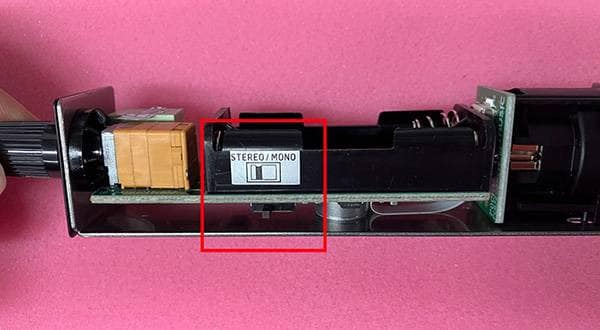
![[2023 Edition] Recommended Lighting for Photography](/contents/uploads/thumbs/2/2022/6/20220602_2_18157_1.jpg)
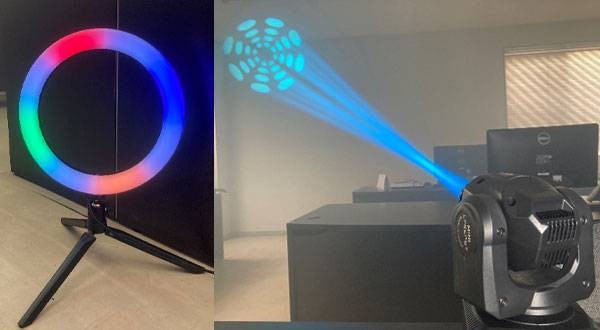
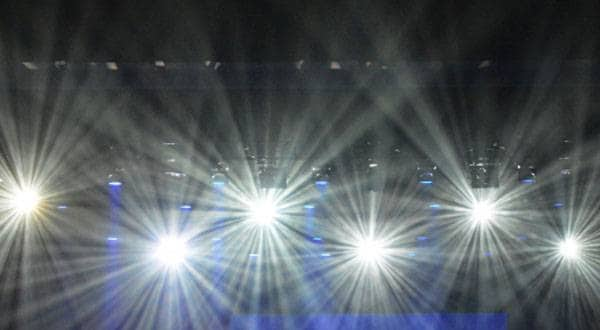
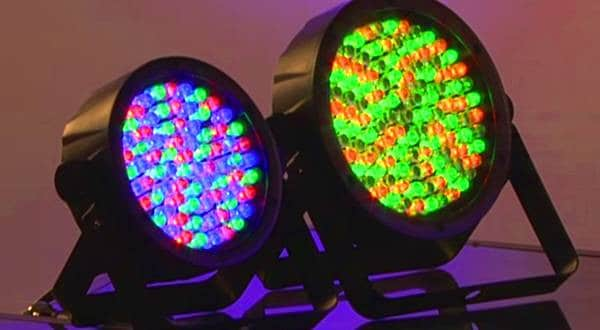
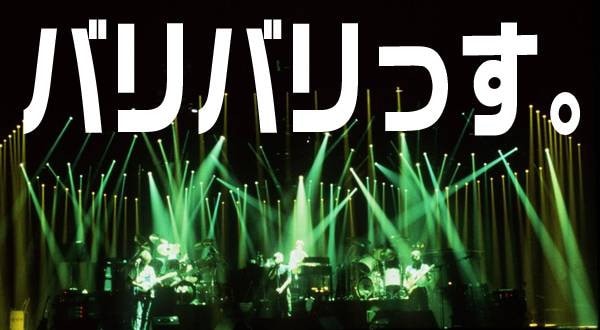
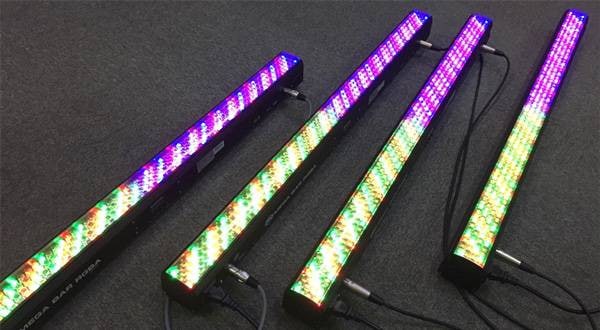
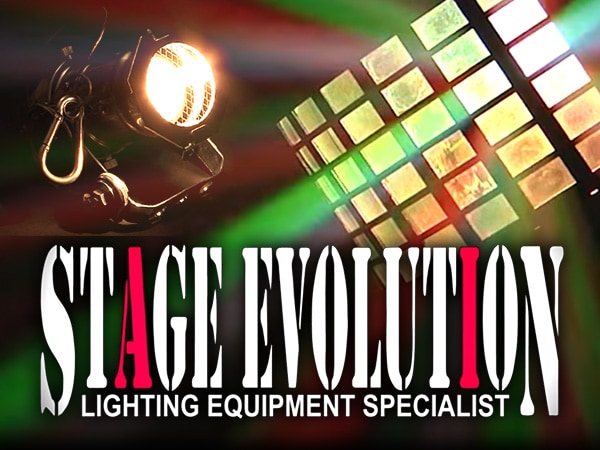 STAGE EVOLUTION ステージ照明
STAGE EVOLUTION ステージ照明
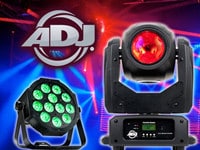 AMERICAN DJ ステージ照明
AMERICAN DJ ステージ照明
 Nitec ステージ照明
Nitec ステージ照明
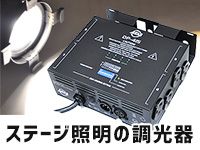 ステージ照明の調光器
ステージ照明の調光器
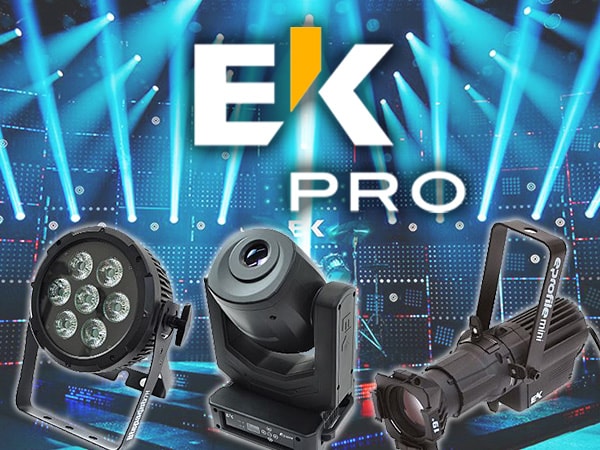 EK Pro ステージ照明
EK Pro ステージ照明
 プロ仕様 ステージ照明 ELATION
プロ仕様 ステージ照明 ELATION















